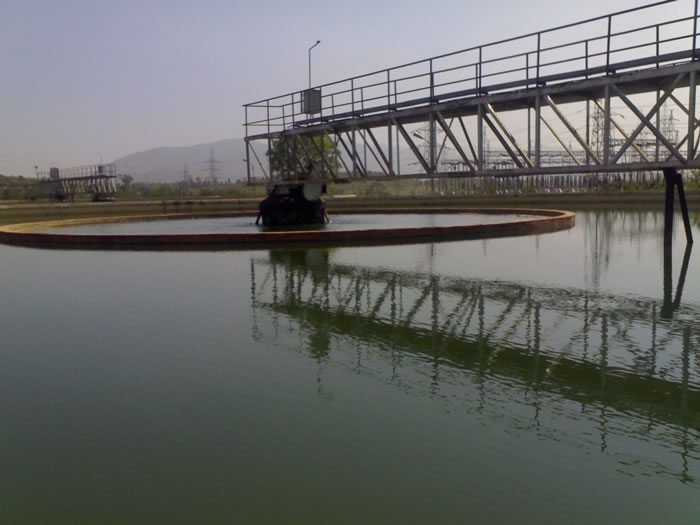The Bauchi Water Supply Scheme is located in Bauchi, Nigeria. It is a water sanitation plant that draws its supply from the Gubi Dam. The plant was first completed in 1994. In 2014, it was announced that the plant would undertake a US$65 million upgrade which was ultimately completed in May 2022.
The project was part of the deliberate strategy of President Buhari’s administration to promote better living for the populace by increasing access to water supply in some selected states.
Reported in July 2014
Nigeria’s Bauchi water project to Benefit with U.S. $65 Million from World Bank
Bauchi State Government will benefit from a World Bank loan to the tune of $65 million to upgrade the Bauchi Water Supply Scheme in an effort towards the provision of adequate potable drinking water for its growing population.
Under the arrangement, the government will see the upgrading of the equipment at Gubi dam, especially the power generating plants, as well as the provision of 50 kilometers of pipeline to replace the old ones.
The State Commissioner of Water Resources, Dr. Bappah Azare told the media in Bauchi that the State Executive Council had ratified the agreement and the multi-million World Bank fund would flow into the state next month.
The agreement, which has counterparty funding from the state government to the tune of $6.5 million with an implementation period of six years, will also see to the provision of a Feeder Power Line to the Gubi Dam, the source of the Bauchi metropolis water supply scheme.
Azare explained that the agreement entails the signing by the State Governor Isa Yuguda, of an irrevocable standing order to the Federal Ministry of Finance that would signify acceptance or confirmation of deduction at source from the state account allocation to augment the loan agreement.
Other requirements under the agreement include information from a resolution of the State House of Assembly that Bauchi is willing to pay, within the loan period, the counterpart funding as the law provides in the World Bank transactions.
Azare assured stakeholders that, with the successful implementation of the World Bank loan Agreement, places or areas with little or no water would get adequate potable drinking water. Gubi dam power supply plants planted almost two decades ago have been over-stretched with the provision of 12.5 million gallons of water per day for public consumption as against the present demand of about 70 million gallons per day.
Reported in July 2019
Nigeria flags off the rehabilitation of water supply facilities in the Bauchi metropolis
Nigeria has flagged off contracts for the rehabilitation and expansion of water supply facilities for the Bauchi metropolis.
Speaking during the flag-off ceremony Bauchi State Governor Bala Abdulkadir Mohammed said that US $378,000 had been released to the Bauchi State Urban Water and Sewerage Corporation as part of efforts to find a lasting solution to the shortage of water supply in the state.
“My administration has taken measures to find a lasting solution to the challenges facing water supply as efforts are ongoing to ensure improvement in the sector before 100 days of his government,” said Governor Mohammed.
Water project
The project is being funded by World Bank with the whole cost totaling US $72m. Permanent Secretary, of the State Ministry for Water Resources, Alhaji Umar Shehu, pointed out said that the World Bank had earlier contributed US $65.5m while the state government is contributing US $6.5m as a counterpart fund for the project.
Works include; the rehabilitation of a dam (Gubi Dam), water treatment plants, reservoirs, laying of pipelines, and installation of meters, among others. The water project has been designed to provide reasonable, economical, and property access to water services to all or any shoppers inside areas of coverage. It is expected to be completed by the Gregorian calendar month of 2021.
The governor explained that the dam was constructed in 1980 to provide one million gallons of water, but was later upgraded in 1994 to provide 10 million gallons because of the increase in population.
“The dam needed to be upgraded to provide 75 million gallons of water, following the influx of people from neighboring states, which had over-stretched the existing facilities,” said the governor.

